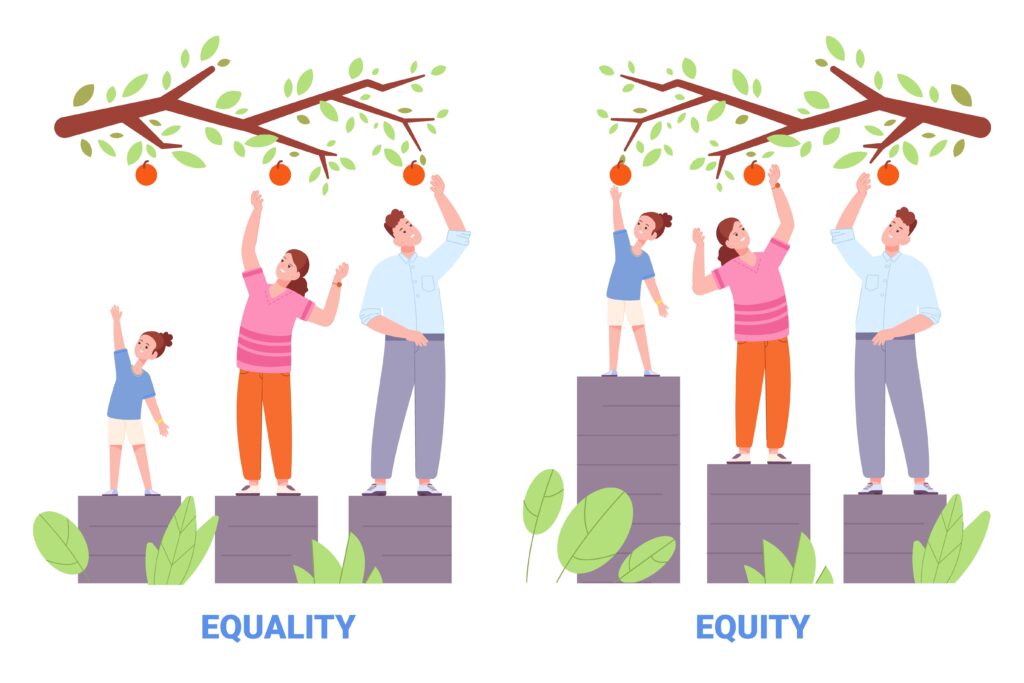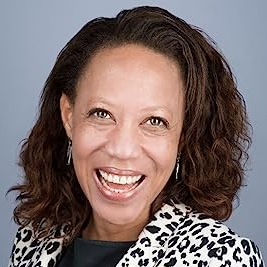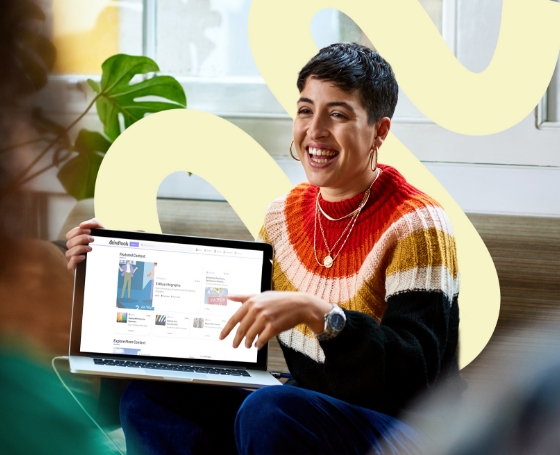Guest author Jenny Garrett OBE is an executive coach, leadership trainer, and diversity, equity and inclusion expert. Her latest book is called “Equality vs Equity.”
For over a century, women have been striving for equality. To be appreciated for their difference, given the same freedoms and opportunities to contribute and thrive as their male counterparts, and to receive equal pay. Women’s suffrage resulted in some women receiving the vote, but that hasn’t translated into equality in all areas of life and work.
There’s no doubt that progress has been made. Fifty years ago, a woman couldn’t wear trousers in the workplace or access birth control. And if she fell pregnant, she had no legal protection from being fired.
Yet progress is slow, and the COVID-19 pandemic set things back for women. Women have always had the double bind of caring and domestic tasks. And, during the pandemic, responsibilities such as homeschooling and elder care disproportionately fell to women. In the same period, layoffs most negatively impacted women-dominated professions. Flexible-working arrangements and work-from-anywhere policies have allowed many women to juggle work with care responsibilities.
But now women have to compete with proximity bias as a result. Because they’re not physically present, more women than men are seen as less ambitious, and aren’t being considered for career-enhancing opportunities. On top of setbacks like the Roe Vs. Wade overturn, it’s easy to see why so many women are feeling disheartened with modern equality progress.
Moving Beyond Equality
In our evolving thinking over the last decade, we’ve realized that we need to move beyond gender equality – where men and women are treated the same. Instead, we must seek equity, which focuses on giving extra support to those who need it to achieve equal outcomes. This is the exact thinking behind the theme for this year’s International Women’s Day: “Embrace Equity.”

There is much we can learn from racial equity and how it has sought to give a helping hand to those from the global majority. (People who are Black, Asian, Brown, dual heritage, indigenous to the global south, and/or have been racialized as “ethnic minorities.”) This is achieved by noticing systems that disadvantage people, and by seeking to overcome them. To do so we need to take an individual approach, to lead, share power, and focus on outcomes.
Forward-thinking organizations create flexible-working arrangements for all staff, including those in senior roles, so that carers who work part-time aren’t penalized. This way, all can benefit. Representation of women at the top of most organizations is low, but those dedicated to moving the dial on gender balance will have a sponsorship program, formalizing a relationship where a senior leader actively advocates for female talent, opens doors, and “wears her t-shirt.” This has been proven to make a positive difference in combating affinity bias, where leaders endorse those in their own image.
Why Is Intersectionality Important?
Some organizations may think the work is done when it comes to gender equality. However, the progress is often unstable, with one or two women recruited into senior roles, and no sustainable pipeline of future talent being nurtured. Or sometimes women are well represented at senior level, but they all come from similar backgrounds. They don’t represent all women.
The pioneering scholar and writer Kimberlé Crenshaw describes the need for an intersectional lens so that we see the way various forms of inequality often operate together and exacerbate each other. We tend to talk about gender inequality as separate from inequality based on race, class, sexuality, or immigrant status, but they intersect. Gender-equality initiatives may not take into account the challenges of women due to their ethnic backgrounds, such as accent or cultural discrimination, and stereotypes like being called angry or timid. Crenshaw describes the compound effect of ethnicity and gender as equaling more than the characteristics on their own.
Looking at the intersections can help us to understand where women are falling through the cracks. This includes the experience of Black women, women who identify as having a disability, or those from the LGBTQ+ community. For example, according to ONS data in 2021, the median pay for disabled women was 10.5 percent less than for non-disabled women. Other research has found that older female workers are more likely to remain in a low pay bracket than men. And over half of Black women report never having had an informal conversation with a senior leader at their company, thereby missing out on the opportunity to develop a relationship and receive sponsorship.
Final Thoughts on Gender Equity
Removing the barriers to success for women helps everyone. The more that we explore racial equity and its intersections with gender, the closer we can get to creating gender equality for all women. The goal isn’t to just eliminate the gap between white women and women from the global majority, but to increase the success of all groups. Systems that are failing women and failing those from the global majority are actually failing everyone.
Instead of competing in the “Oppression Olympics” and arguing about which groups are more ill-treated, we can aim to understand the solutions that can create a fairer society.
In fact, what if we could hold the view that for everyone to win, no one had to lose? It might radically change things.
What can your workplace do to create fairer opportunities for staff? How does it already support its female workers? You may be interested in the related resources:
Our Separate Ways: Black and White Women and the Struggle for Professional Identity
Unleashed: The Unapologetic Leader’s Guide to Empowering Everyone Around You
Bias Interrupted and The End of Bias
Striking the Right Gender Balance Infographic

Jenny Garrett OBE is an executive coach, leadership trainer, and diversity, equity and inclusion expert. Her latest book is “Equality vs Equity: Tackling Issues of Race in the Workplace.“




